Imagine a misty morning in the Bay, the famous Golden Gate Bridge just a silhouette against the dimly lit dawn. Your eyes are drawn to a tiny island in the distance, a stark reminder of a significant chapter in America's past: Alcatraz. While most people know Alcatraz as a former high-security prison, fewer are aware of its powerful legacy in the story of Native American civil rights. Let’s explore the history of the Native American occupation of Alcatraz and its enduring impact, including the present-day Indigenous People's Day ceremonies held annually on the island.
Long before Alcatraz became synonymous with a high-security prison, it was a spiritual place deeply intertwined with Native American history. The island was known to the local Ohlone tribes, who believed it to be a realm for ancestral spirits.
The name Alcatraz itself is derived from the Spanish “Alcatraces,” given by Spanish explorer Juan Manuel de Ayala in 1775, meaning “strange birds” or “pelicans.” Despite its proximity to the flourishing city of San Francisco during the gold rush era, the island remained unclaimed due to its treacherous currents and barren landscape.
In the mid-19th century, the U.S. military recognized the strategic location of Alcatraz and transformed it into a military fortification, later a military prison during the Civil War, and finally a federal penitentiary in 1934. Despite these changes, Alcatraz's significance to Native American tribes remained a spiritual beacon amidst the changing tides of history.
This connection to Alcatraz, both spiritual and political, set the stage for the island to become a symbol of Indigenous resistance. When the federal prison closed in 1963, the U.S. Government declared the surplus federal property. Recognizing an opportunity, a group of Native American activists cited the 1868 Treaty of Fort Laramie, which promised that all retired, abandoned, or out-of-use federal land was to be returned to the Native people who it was taken from. Thus began the landmark occupation of Alcatraz.
In the whirlwind of civil rights movements in 1969, Alcatraz Island became a symbol of Native American resistance. On November 20th of that year, approximately 80 activists from Indians of All Tribes (IAT), led by Richard Oakes and Grace Thorpe, occupied Alcatraz. This bold, peaceful protest aimed to expose the U.S. government's broken treaties and neglectful policies toward Native American tribes, asserting their rights as outlined in the Fort Laramie Treaty of 1868.
The occupiers envisioned Alcatraz as a beacon of Native American culture and history. They planned to establish a cultural center, an education center, and a museum on the island. The idea was to reclaim the land and transform it into a hub that could foster understanding and appreciation for the rich Native American heritage that had been overlooked for centuries.
Though the 19-month-long occupation ended in June 1971 without fully achieving their objectives, it marked a turning point in the Native American civil rights movement. The protest on Alcatraz brought Native American rights to the public forefront, kindled conversations on Native issues nationwide, and continues to serve as a symbol of resilience and self-determination for Indigenous communities.
Today, Alcatraz wears many hats. It's a tourist hotspot. Managed by the National Park Service, it draws visitors from around the globe. People come to see the notorious old prison. But that's not all they find. They also uncover a rich tapestry of Native American history. A history intertwined with the island itself. Alcatraz tours don't just share stories of infamous inmates. They also delve into the powerful tale of the Native American occupation.
Each year, Indigenous People's Day brings a special event to Alcatraz. Native Americans and their supporters gather. They're there before dawn. They come to participate in a unique sunrise ceremony
As the first light of dawn hits Alcatraz, it's a moment of remembrance. But it's also a symbol of hope and recognition for the future. The fight for justice continues. Indigenous rights still need protection. And Alcatraz, once a stage for protest, now stands as a beacon of that ongoing struggle.
Alcatraz's past is not forgotten. The occupation of Alcatraz still resonates today. It symbolizes a critical chapter in the fight for Indigenous rights. A powerful reminder of Native American resilience. The echo of this historic event isn't lost on the Alcatraz tours. It's a key part of the narrative that unfolds for visitors.
Every year, the Indigenous People's Day ceremonies honor this past. They celebrate the spirit of the Alcatraz occupation. A tribute to the fight for justice on this small island. But the ceremonies aren't just about the past. They're a call to action for the future. A call to honor Native American heritage. A call to protect Indigenous rights.
The story of the Native American occupation of Alcatraz is ongoing. It's etched in the rock of the island and carried in the hearts of Indigenous people. It's remembered in every tour that sets foot on the island. Once a place of protest, Alcatraz is now a symbol of Indigenous power and endurance. And as each Indigenous People's Day dawns, it serves as a reminder of this important struggle – both the triumphs of the past and the work still to be done.
Last Updated on April 18, 2024 by Paul G
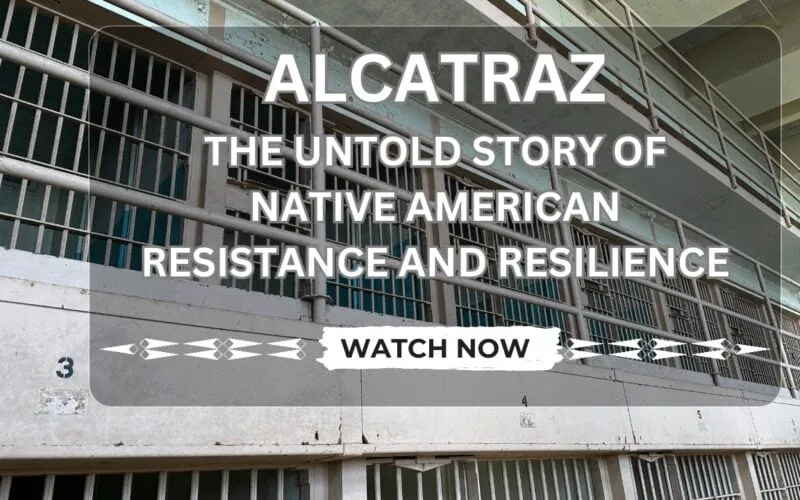
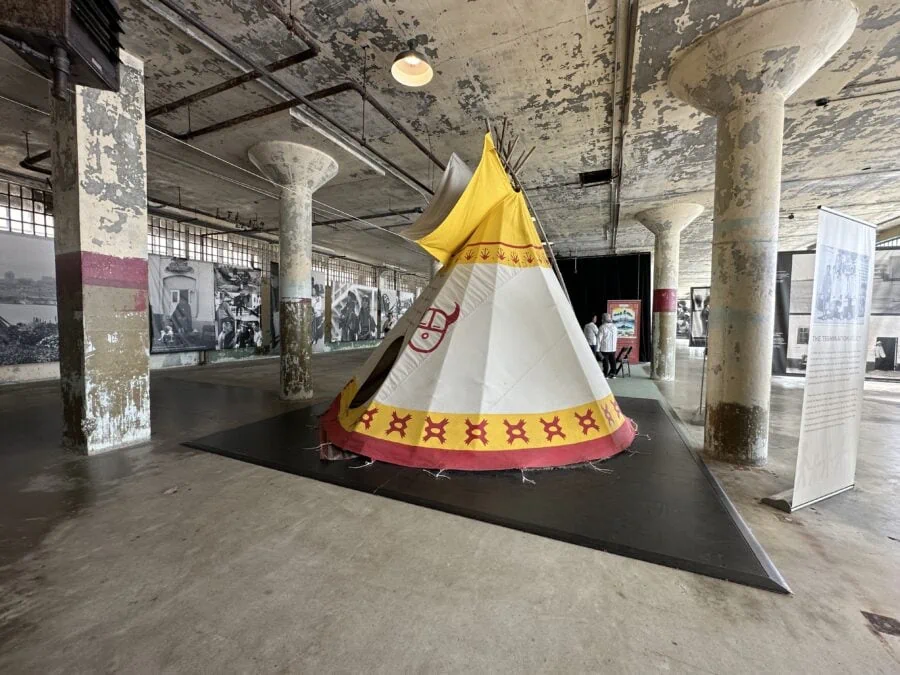
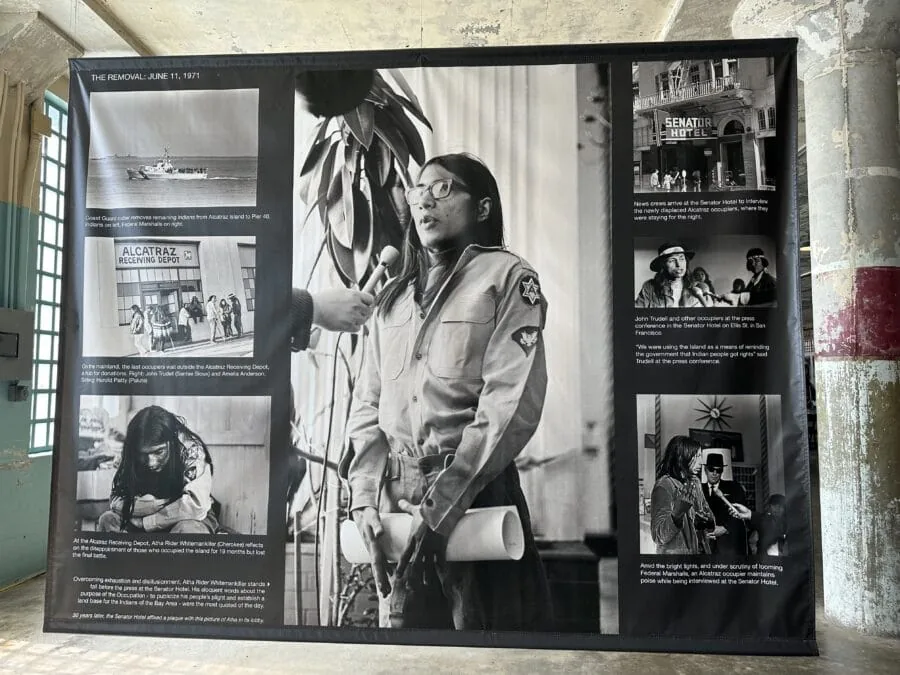


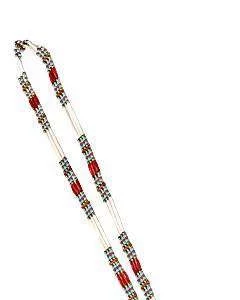
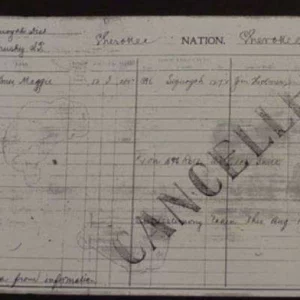
wildTazz
says:I highly suggest the Natives try to take Alcatraz again. Maybe our government will wake up this time around.
Imagine showing people how they lived, cooked, and made their clothing. make a village with daily life. Even make a campground where people can stay overnight to enjoy the surroundings by campfire with legends and stories of Native Historical past.
Just please do not build a casino on it. that will not teach other peoples what it was really like to be part of this land.